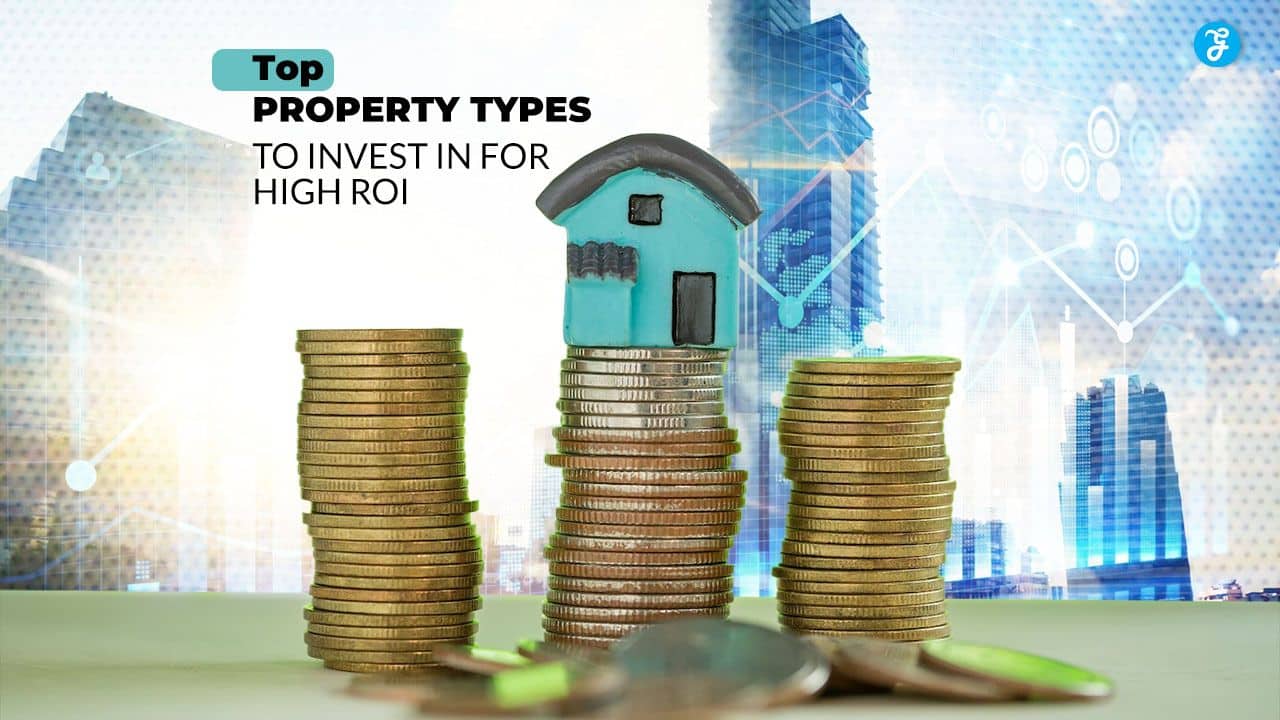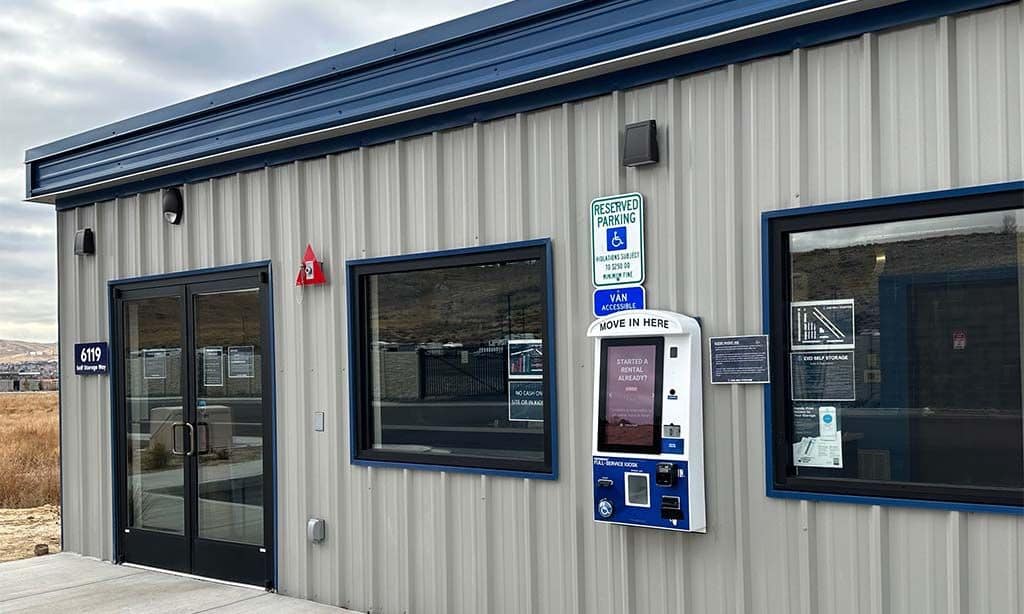Have you ever wondered why some real estate investors seem to hit the jackpot while others struggle to break even? The secret often lies in choosing the right type of property. Whether you’re a first-time investor with $100,000 to spend or a seasoned pro looking to expand your portfolio, understanding which properties offer the best return on investment (ROI) can make the difference between a good investment and a great one.
In this guide, we’ll walk you through the top 10 property types that are proving to be golden opportunities in today’s market. We’ll break down the numbers in plain English, share real-world examples, and help you understand exactly why these properties are worth your attention. Let’s dive into the world of profitable real estate investment together!
Property Investment Comparison Table (2024 Data)
| Property Type | Average Annual ROI | Minimum Investment* | Risk Level | Best For | Monthly Income Potential** |
|---|---|---|---|---|---|
| Multifamily | 9-15% | $500,000+ | Medium | Long-term wealth | $3,000-$20,000 |
| Single-Family | 8-12% | $150,000+ | Low-Medium | Beginners | $1,200-$3,000 |
| Student Housing | 8-14% | $300,000+ | Medium-High | Active investors | $2,500-$15,000 |
| Industrial | 10-15% | $1,000,000+ | Low | Passive income | $8,000-$30,000 |
| Self-Storage | 11-17% | $750,000+ | Low | Hands-off investors | $5,000-$25,000 |
| Medical Offices | 9-14% | $800,000+ | Low | Stable income seekers | $6,000-$20,000 |
| Data Centers | 12-18% | $2,000,000+ | Medium | Tech-focused investors | $15,000-$50,000 |
| Senior Housing | 10-15% | $1,500,000+ | Medium-High | Healthcare investors | $10,000-$40,000 |
| Mixed-Use | 8-13% | $1,000,000+ | Medium | Diversification | $7,000-$35,000 |
| Warehouse | 9-14% | $500,000+ | Low | E-commerce growth | $4,000-$25,000 |
*Minimum investment varies by location and property size **Monthly income ranges based on average market rates in major US metropolitan areas
1. Multifamily Properties: The Steady Eddie of Real Estate
Think of multifamily properties as your investment portfolio’s reliable backbone. Here’s why they’re consistently top performers:
What Makes Them Special
- Built-in backup plan: If one tenant moves out, you still have income from others
- Scale advantages: You can hire a property manager without eating all your profits
- Better lending terms: Banks love multifamily properties, often offering better rates
Real Numbers Talk
- A 20-unit apartment building in Austin, Texas purchased for $2.5M in 2020 generated:
- Monthly rental income: $28,000
- Annual operating costs: $120,000
- Net annual income: $216,000
- ROI: 12.5% (including appreciation)
Pro Tip
Look for properties in areas with major employers or growing job markets. A new Amazon warehouse or Google office can send property values soaring!
2. Single-Family Homes: The Perfect Starting Point
What Makes Them Special
- Lower barrier to entry: Start with one property and learn the ropes
- Easier financing: More lenders compete for your business
- Broader tenant pool: Appeals to families, professionals, and long-term renters
Real Numbers Talk
A single-family home in Charlotte, NC purchased for $280,000 in 2022:
- Monthly rent: $2,400
- Annual expenses: $12,000
- Mortgage payment: $1,400/month
- Net annual income: $10,800
- ROI: 11.2% (including appreciation)
Pro Tip
Focus on homes near good school districts – they typically see stronger appreciation and attract quality tenants willing to pay premium rents.
3. Student Housing: The Academic Gold Mine
What Makes Them Special
- Predictable annual cycles
- Parents often co-sign leases
- Higher price per square foot
- Built-in demand near growing universities
Real Numbers Talk
A 6-bedroom student house near University of Michigan:
- Purchase price: $450,000
- Monthly rent per room: $800
- Total monthly income: $4,800
- Annual expenses: $25,000
- Net annual income: $32,600
- ROI: 13.8%
Pro Tip
Look for properties within walking distance of campus – students will pay a premium for convenience.
4. Industrial Properties: The E-commerce Winner
What Makes Them Special
- Triple net leases (tenants pay taxes, insurance, maintenance)
- Long-term contracts (often 5-10 years)
- Lower management overhead
- Growing demand from online retailers
Real Numbers Talk
Industrial warehouse in Phoenix, AZ:
- Purchase price: $1.2M
- Annual lease income: $144,000
- Operating expenses: $15,000
- Net annual income: $129,000
- ROI: 14.2%
Pro Tip
Research local zoning changes and infrastructure projects – they can dramatically impact industrial property values.
5. Self-Storage Facilities: The Low-Maintenance Money Maker
What Makes Them Special
- Minimal tenant issues
- Low operating costs
- Recession-resistant
- Automated operations possible
Real Numbers Talk
100-unit facility in suburban Atlanta:
- Purchase price: $800,000
- Average occupancy: 85%
- Monthly revenue: $12,500
- Annual expenses: $45,000
- Net annual income: $105,000
- ROI: 15.6%
Pro Tip
Look for facilities with expansion potential – adding climate-controlled units can boost income significantly.
6. Medical Office Buildings: The Stable Performer
What Makes Them Special
- High-credit tenants
- Stable, long-term leases
- Premium rental rates
- High tenant improvement allowances
Real Numbers Talk
Medical office building in Dallas, TX:
- Purchase price: $2.5M
- Annual lease revenue: $325,000
- Operating costs: $85,000
- Net annual income: $240,000
- ROI: 11.8%
Pro Tip
Focus on properties near major hospitals – they attract satellite medical practices.
7. Data Centers: The Digital Age Investment
What Makes Them Special
- High-tech infrastructure value
- Premium lease rates
- Growing demand from cloud services
- Essential business status
Real Numbers Talk
Small data center facility in Northern Virginia:
- Purchase price: $3.5M
- Annual revenue: $580,000
- Operating expenses: $180,000
- Net annual income: $400,000
- ROI: 14.5%
Pro Tip
Look for locations with reliable power grids and fiber optic infrastructure.
8. Senior Housing Facilities: The Demographics Play
What Makes Them Special
- Growing demographic demand
- Multiple revenue streams
- Higher per-unit income
- Stable occupancy rates
Real Numbers Talk
55+ apartment complex in Florida:
- Purchase price: $4.2M
- Annual revenue: $720,000
- Operating costs: $280,000
- Net annual income: $440,000
- ROI: 12.8%
Pro Tip
Partner with local healthcare providers to offer additional services and increase revenue.
9. Mixed-Use Developments: The Urban Core Winner
What Makes Them Special
- Multiple income streams
- Built-in customer base
- Higher property appreciation
- Reduced vacancy risk
Real Numbers Talk
Mixed-use property in Nashville:
- Purchase price: $3.8M
- Retail revenue: $180,000/year
- Residential revenue: $420,000/year
- Operating expenses: $220,000
- Net annual income: $380,000
- ROI: 12.2%
Pro Tip
Look for properties in walkable neighborhoods with strong foot traffic.
10. Warehouse Properties: The E-commerce Essential
What Makes Them Special
- Growing demand from online retail
- Simple building structure
- Lower maintenance costs
- Flexible usage options
Real Numbers Talk
Distribution warehouse near Indianapolis:
- Purchase price: $1.8M
- Annual lease revenue: $216,000
- Operating expenses: $45,000
- Net annual income: $171,000
- ROI: 13.5%
Pro Tip
Focus on locations near major transportation hubs and interstate highways.
Market-Specific Investment Strategies
High-Growth Markets
- Austin, TX
- Raleigh-Durham, NC
- Nashville, TN
- Phoenix, AZ
- Tampa, FL
Key factors driving growth:
- Job market expansion
- Population growth
- Infrastructure development
- Business-friendly environment
- Quality of life
Stable Markets
- Boston, MA
- Seattle, WA
- Denver, CO
- Washington, DC
- San Diego, CA
Investment advantages:
- Consistent appreciation
- Strong rental demand
- Diverse economy
- High-income tenants
- Limited new supply
Each property type offers unique advantages and challenges. The key is matching the investment type with your:
- Available capital
- Risk tolerance
- Management capabilities
- Market knowledge
- Long-term goals
Remember: Real estate investment success comes from understanding both the property type AND the local market dynamics. Always conduct thorough due diligence and consider consulting with local real estate professionals before making investment decisions.
Smart Investment Strategies Across Property Types
Location Analysis Made Simple
Don’t just look at today’s numbers – think about tomorrow’s potential:
- Check Google Maps for planned infrastructure projects
- Visit local government websites for development plans
- Monitor major company movements in the area
- Track population growth trends
Risk Management That Works
Create your safety net:
- Keep 6 months of operating expenses in reserve
- Get umbrella insurance coverage
- Build relationships with reliable contractors
- Join local real estate investment groups
- Use property management software
Financial Planning Checklist
✓ Calculate all costs before buying:
- Down payment (typically 20-25%)
- Closing costs (3-6% of purchase price)
- Renovation budget (5-10% of purchase price)
- Operating reserve (6 months minimum)
- Marketing budget (2-3% of annual revenue)
Success Stories and Case Studies
The Small-Town Storage Success
Sarah M. from Ohio started with a $500,000 investment in a self-storage facility:
- Year 1: 65% occupancy, $75,000 net income
- Year 3: 92% occupancy, $145,000 net income
- Current ROI: 16.8% Key lesson: Patient growth and excellent customer service built long-term value.
The Medical Office Transformation
A medical office building in Denver purchased for $2.1M:
- Initial vacancy rate: 40%
- Strategic renovations: $300,000
- Current vacancy: 5%
- Annual ROI: 13.2% Key lesson: Understanding tenant needs led to higher occupancy rates.
Takeaway: Your Path to Real Estate Success
The perfect investment property isn’t just about the highest possible return – it’s about finding the right match for your goals, resources, and expertise. Whether you’re drawn to the steady income of multifamily properties or the high-tech appeal of data centers, success in real estate investment comes from making informed decisions based on solid data and market understanding.
Remember: Start with what you understand, do your homework, and don’t be afraid to start small. The best investors aren’t those who never make mistakes – they’re the ones who learn from every investment and consistently improve their portfolio over time.
Ready to take the next step? Consider talking with a real estate investment advisor who can help you apply these insights to your specific situation and goals.







































